Features & News
End of Year 2014: Best Innovation
December 23, 2014, Author: The TIMJ Team
Welcome to the seventh of eleven daily ‘End of Year’ pieces from TIMJ, where in each, we discuss our favourite things of 2014 from carefully selected categories.
Next up is ‘Best Innovation’. Which new feature or technology wowed us the most?
Dan Moore (Staff Writer) – Kinectless Xbox One

Another slight cheat here, as I am going to say the best innovation is the fact that Microsoft removed Kinect from the Xbox One, selling it at the same price as the PS4 without the – lets be perfectly honest here – pointless gesture and voice commands.
It suddenly made them competitive and, as Black Friday proved, gave them a huge sales advantage in the lead up to Christmas. Of course, many argue that this should have been the default position from the off, which I tend to agree with, and it isn’t really an innovation to simply remove it and sell it separate at more than it would be get the packaged system, but hey; I can’t really think of much else this year.
Having said all of that, I love having Kinect with my Xbox One! Being able to wake up the system by talking to it is cool, and navigating the crappy menu structure with voice commands makes life so much easier.
Runners Up: Oculus Rift DK2, PS4 Share play
Andy Buick (Features Editor) – Velocity 2X’s last few levels…
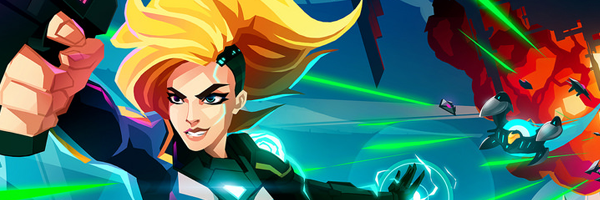
For me this has to be the last three levels of Velocity 2X where suddenly you’re piloting two ships instead of one. It’s utterly mind boggling, but brilliant at the same time, providing an extra challenge just at the right time while simultaneously being something interesting and incredibly clever.
Runners up: Neon powers (InFamous: Second Son), In-race challenges (Driveclub)
Josué Cardona (Staff Writer) – Encounter Rate Setting (Bravely Default)

Who hasn’t played a JRPG and thought that there are just too many (or too few) random battles? Well, in Bravely Default it’s up to you and JRPGs will never be the same again. Or at least they shouldn’t be. I would be enjoying the new Pokémon a whole lot more if I could control when to battle to level up and when to not be interrupted on my way to the next gym.
PS. I live in the US so Bravely Default is indeed a 2014 game for me, so it’s sad to see that it has been around since 2012 in other parts of the world and the trend hasn’t caught on.
Runners Up: Share Play on PS4, All levels unlocked from the start (Halo: Master Chief Collection)
Andy Corrigan (Editor In Chief) – Dragon Age Keep

Unlike the Mass Effect series, Dragon Age has never offered the ability to transfer saves between its entries which, really, has been fine because their stories have all been somewhat self-contained.
The existence of the Dragon Age Keep website, however, means that as long as you were signed into EA’s servers when you played the previous games – regardless of platform – your prior decisions could be imported into Inquisition and their impacts, however minor, felt upon your world. Those that haven’t played one of the first games, or either for that matter, can have the plots narrated to them, and are asked to make the significant choices when required. A brilliant setup.
Runners Up: Enemy hierarchy system (Shadow of Mordor), PS4 Share Play
Jonn Blanchard (Staff Writer) – Elite: Dangerous
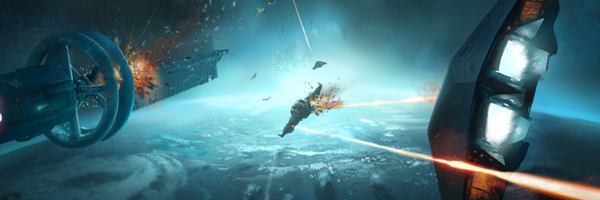
Elite is obviously not innovative alone. It’s a continuation of a series that started on the BBC Micro and, since its inception, there have been numerous clones, some of which, like Eve Online, have even surpassed the original.
This new entry takes the series fully into the Massively Multiplayer arena, allowing huge amounts of players to explore, trade and fight their way through a huge galaxy.
The galaxy in question is a result of some incredible mathematical mapping. Instead of a randomly generated collection of stars and planets, Elite: Dangerous uses a procedural generation method based on our actual knowledge of how our galaxy is made up. This means that stars and planets will distribute as we expect them to. This galaxy will keep growing for years to come, more planets to be visited and explored and, as they are explored, the game world will push towards them.
In this, Frontier Developments seem to have cracked the MMO game code; the ability to keep a game fresh when your players have been hammering at it for years and years. Games such as World of Warcraft have to rely on introducing new races and characters to try and get players to stay, while Elite can add whole new star systems and, if they want to, they can populate those with new races.
Runners Up: PS4 Share Play, Oculus Rift DK2
James Sheppard (Reviews Editor) – FPS motion/momentum (Titanfall)
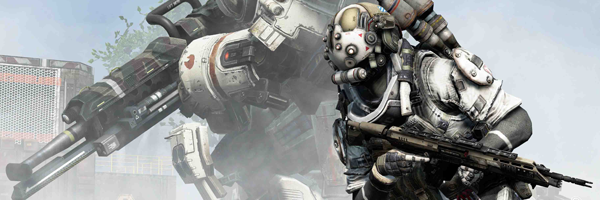
Not everyone seemed to agree with me, some proclaiming it to be little more than Call of Duty with jetpacks and robots (which is half true), but I personally found Titanfall to be an engaging new first-person shooter experience. The movement mechanics are sublime, still standing above Advanced Warfare as more fluid and unrestrained when it comes to futuristic tech-augmented motion. You’ll also never get fed up of the awesome animation in which your mech buddy grabs you in mid-air and swiftly places you into the cockpit, ready for battle. So cool.
The slightly MOBA-esque grunts that litter the map are a fantastic way to help your team’s cause without directly fighting enemy players, and the impressive balance in which both a pedestrian and a giant robot are of equal threat is no mean feat to have achieved. That the trimmings of campaign missions, multiplayer game modes and unlockables is a little slim compared to its peers is a tad disappointing, but make no mistake: a very solid framework for a killer FPS franchise has been laid here, one which will only be improved upon.
Runners Up: Ingress, Enemy hierarchy system (Shadow of Mordor)
Matt Best (Staff Writer) – PlayStation TV

The thing that had me excited for a while was the impending release of the PlayStation TV. The ability to move your console experience to another room via Remote Play, and using a proper controller when playing PSVita games on the big screen, piqued my interest. I was looking forward to see what would come of it, and I wasn’t disappointed.
The Remote Play ability was a much-touted feature, and although the latency can add an additional level of difficulty to fast-paced games, the performance on the majority of titles was more than acceptable. The feature that really sold me however was the ability to play PSVita games on the big screen. Sometimes the screen of the PSVita seems too small and cluttered, especially when in the middle of a furious battle in Freedom Wars. Playing it on the PSTV, however, changes the experience entirely, where you don’t feel as overwhelmed with what’s going on. Smaller indie titles developed for the PSVita are a dream to play on the big screen also.
As someone who spends a lot of time on the road, the compact size of the unit makes it easily transportable and it can be connected to most modern hotel room TVs. For the price, I consider it great value, considering the raft of uses it provides, both at home and on the road.
Runners Up: Amiibo, First Person mode in Grand Theft Auto V
Matt Parker (News Editor) – Wii U Gamepad (Yes, I know it didn’t come out this year but…)
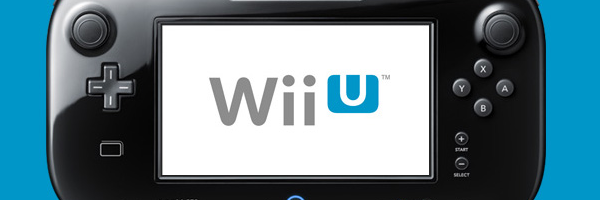
This isn’t ‘new’ this year but for me it’s been a revelation.
I live in a house where more often than not, the TV is occupied. In-between ‘Keeping Up With The Kardashians‘ and regular ‘Hollyoaks‘ omnibuses, I don’t get much access to my living-room’s display.
Thank the maker for the Wii U gamepad then. There’s no chance that I would have been able to play through Bayonetta 2 or get in hours of Smash Bros. without the Gamepad’s ability to act as a portable TV screen.
Runners Up: Vita Cross Play, PS4 Share Play
Jasper Pickering (Staff Writer) – Revenge System (Shadow of Mordor)
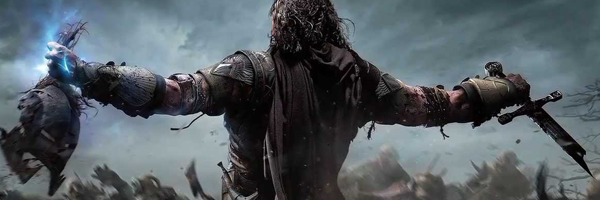
My favourite innovative game mechanic this year was the Revenge system in Shadow of Mordor. I can’t recall a game that has ever had the capacity to make me hate a randomly generated NPC in a way that this game did, purely because of the sheer impressiveness of this engine. What should have been just one of the many Orc grunts that I faced, ended up becoming my biggest nemesis by the end, purely down to the fact that he managed to strike a (lucky) finishing blow, rise in rank among Sauron’s army, and ultimately best me on numerous occasions.
He is but one of the many Orcs I faced in my campaign, but the fact he was so unique, along with the other sergeants, is a testament to the mechanic it was powered by. It was scary knowing that any of the thousands of Orcs I faced could defeat me in battle and have the potential to become a devastatingly powerful foe that filled me with resentment and shame once their name has flashed on screen.
Runners Up: Amiibo, First Person mode in Grand Theft Auto V
Feature Type: 2014, End of Year | Tagged Bravely Default, cross-play, Dragon Age: Inquisition, Driveclub, Elite: Dangerous, Halo Master Chief Collection, InFamous: First Light, Ingress, Kinect, Oculus Rift, shadow of mordor, Share Play, Titanfall, Velocity 2X, Wii U, Xbox One


